NAVTEX (sometimes styled as Navtex or NavText) stands for “Navigational Telex” and is an internationally used marine communication system for receiving maritime safety messages over a narrow band telex-type system.
Some NAVTEX receivers are capable of automatically printing out these messages for easy accessibility, whereas others like the Furuno NX-300 are paperless and more economical.
NAVTEX forms a cornerstone of the wider Global Maritime Distress Safety System (GMDSS) and is an essential tool for ensuring your crew and vessel’s safety when out in open waters.
Our basic guide to NAVTEX will help you know the basics of this important system:
History of NAVTEX
Radio-telex technology has been used as far back as the 1930s. The marine application of the technology in particular however has its roots in the United Kingdom. In the 1970s, the British Post Office began sending weather forecasts and warnings to ships using a temporary radio-telex link. However this could be costly and time-consuming which led to research into ways to make this safety system more accessible and affordable to more vessels.
Ultimately in 1985, the NAVTEX format had its inaugural dispatch in the seas around the British Isles. By 1987 operational procedures had been drawn up and ratified by different countries using the NAVTEX system. In the 1990s NAVTEX was officially incorporated into the GMDSS and made available to vessels worldwide, and in 1993 the SOLAS Convention mandated that certain vessel sizes and classes would be required to carry NAVTEX equipment.
Since then, NAVTEX has continued to be a low-cost easy-to-understand way for ships of all sizes to receive essential safety information while within 200 nautical miles off-shore.
How NAVTEX works
NAVTEX transmits on the medium band at 518 kHz for messages relayed in English. Countries where the dominant language is not English typically have a National NAVTEX which broadcast the same notifications on the 490 kHz frequency. TIn areas where medium wave transmissions are difficult, there is an alternate frequency of 4209.5 kHz.
These messages are assembled and distributed by one of 21 Navareas designated worldwide, including five in the arctic regions. NAVTEX receivers on board a vessel can be programmed to only receive relevant messages from select NAVTEX stations. To further refine the selection, GPS positioning can be used so NAVTEX will automatically receive messages from the applicable Navarea within which the ship is sailing.
NAVTEX receives 14 types of messages:
- A: Navigational Warnings
- B: Meteorological Warnings
- C: Ice reports
- D: Search and Rescue information, piracy, and armed robbery
- E: Meteorological forecasts
- F: Pilot’s messages
- G – K: Navigational Messages (i.e. AIS, Loran, Omega, Satnav)
- L: navigational warnings (additional)
- V: Notices to fisherman
- Z: No message to broadcast
- M – U and W – Y are Reserved letters
Each message is formatted the same way to make reading a NAVTEX transmission easy:
- ZCZC B1 B2 B3 B4
- Message text
- NNNN
The letters’ ZCZC’ indicate the start of a message. B1 – B4 represent the broadcasting station, subject letter, and serial number respectively. Finally the letters ‘NNNN’ indicate the end of a message.
Why use NAVTEX?
Compared to other newer forms of marine communication NAVTEX may seem outdated or old-fashioned. However it is a good insurance policy to help vessels keep abreast of important information in an emergency.
It is important to get a reliable GMDSS NAVTEX receiver setup such as the JRC NCR-333 from a trusted marine communication equipment supplier such as Tecomart. With over 28 years of experience in the marine navigation and communication industry, all of our equipment meets the highest standards possible to keep you and your crew safe when out at sea.
Find out more about our products in our FAQ page or get in touch for more information. Learn more about communication and navigation equipment for land and sea on our blog.

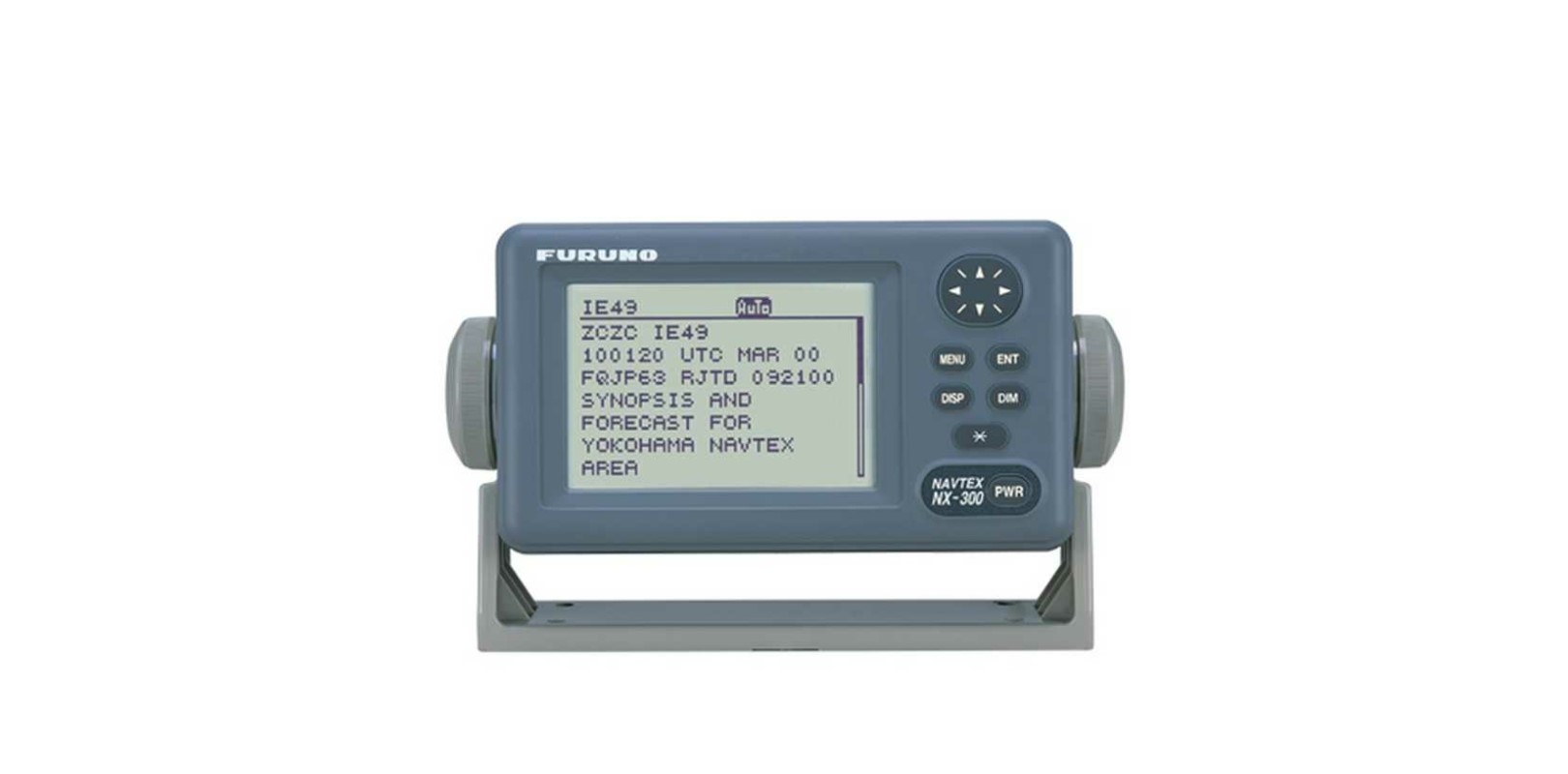
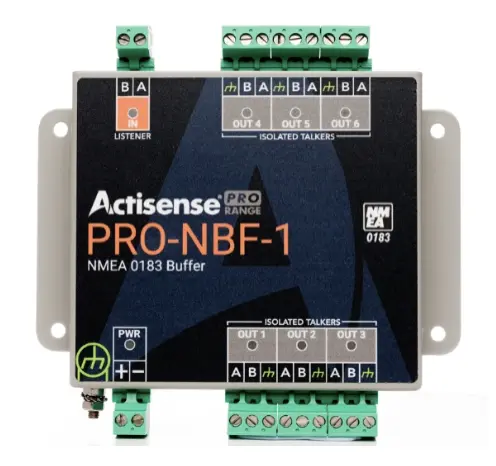

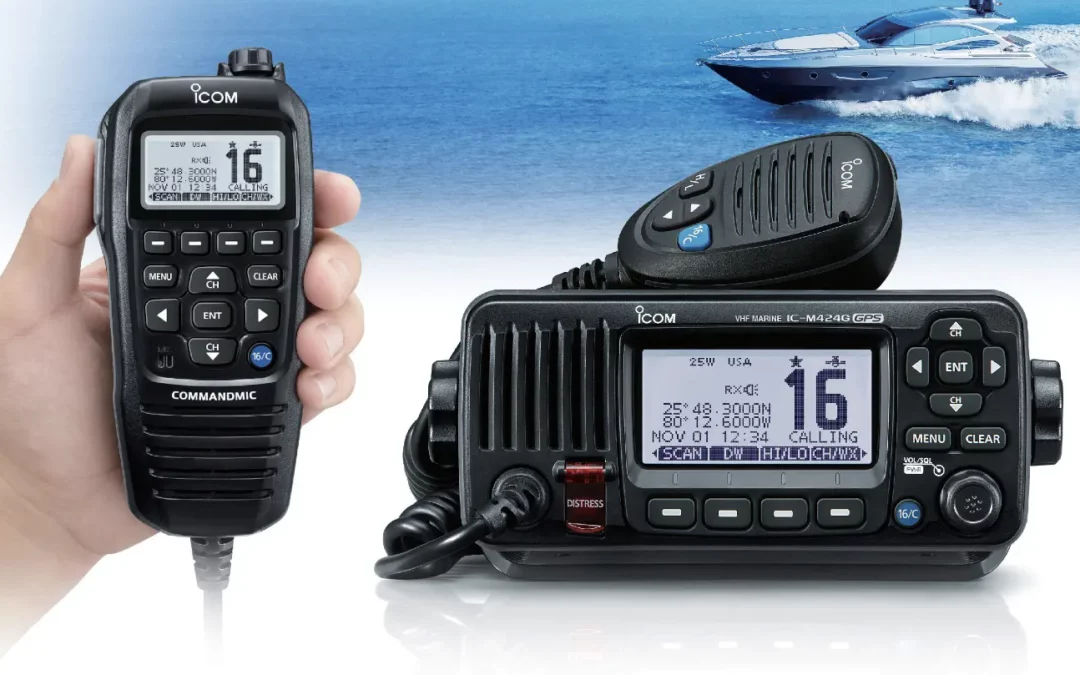
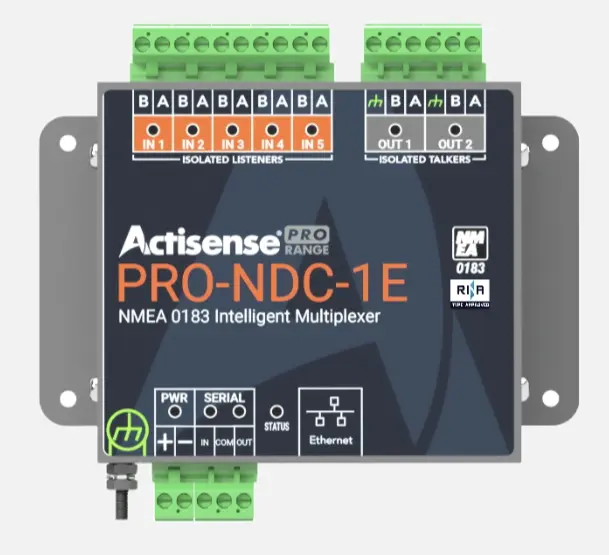
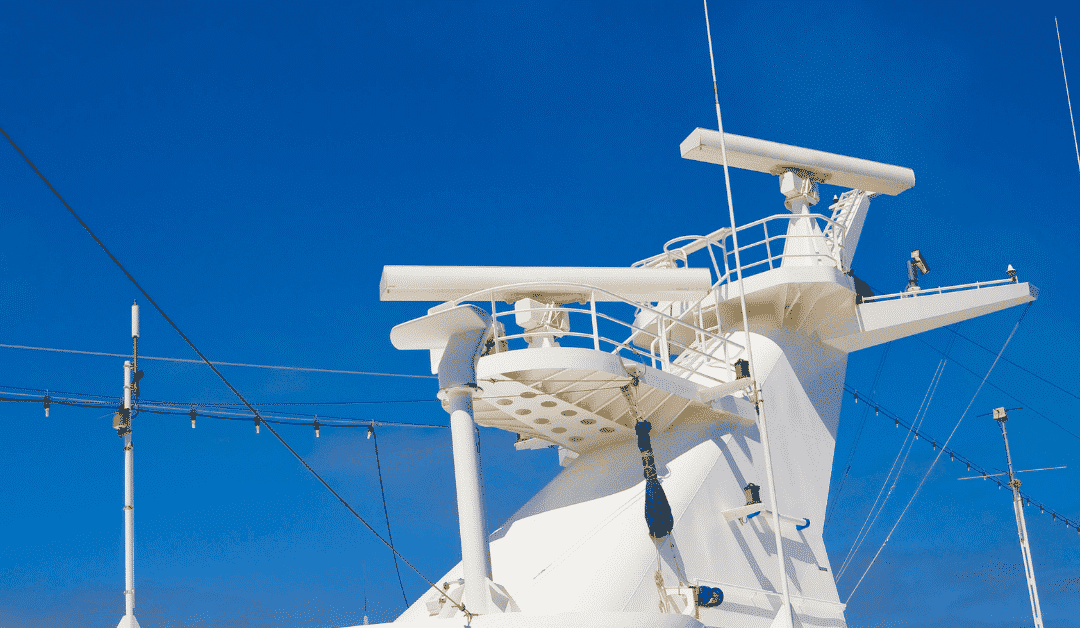

0 Comments